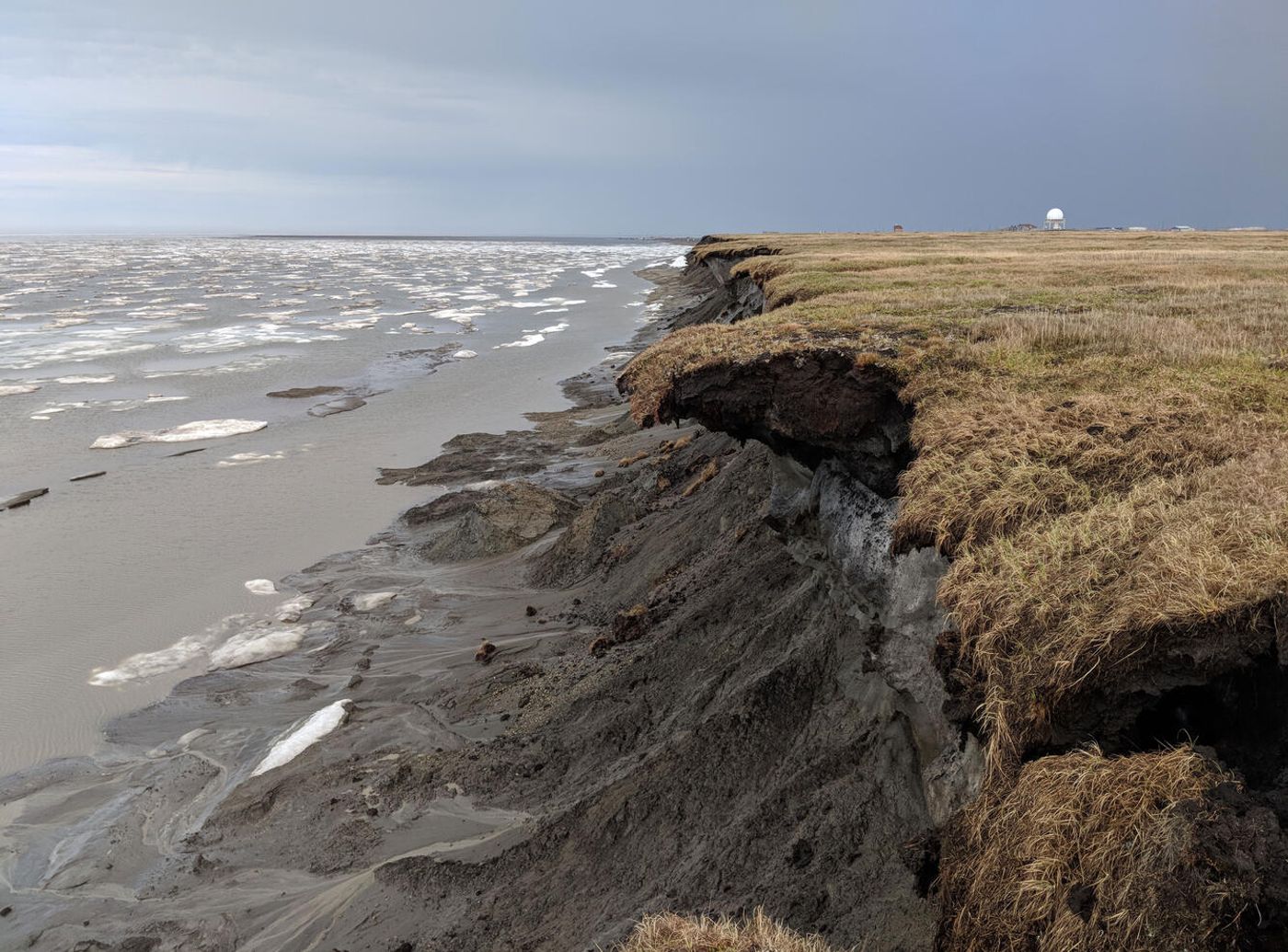How Will Microbes in Permafrost Affect the Climate as They Thaw?
The climate is changing, and the average temperature of the planet continues to get warmer. Parts of 2023 were 1.5 degrees Celsius warmer than the pre-industrial average. Scientists are trying to determine how these changes will impact life on earth, from humans, animals, and plants, to microorganisms. Already, there are observable changes including thawing permafrost, which got its name because it was once thought that this land would be permanently frozen. But now, sinkholes are opening up and erosion is occurring all over the Arctic because of changes in permafrost, which is releasing greenhouse gases as it thaws.
Recent research has suggested that by 2100, thawing permafrost might release as much carbon dioxide and methane as large industrial countries currently release. Now, a study has determined that even those estimates may be conservatively low. This work indicated that microorganisms in the thawing peatlands of the North, which now contain about half of the carbon in the world's soils, will begin to release greenhouse gases from this region. Right now, most of the microbes there are still frozen and are not active. But in a warming world, they will awaken and begin to release the carbon in the peatlands in a natural process called microbial respiration. The findings were reported in Nature Microbiology.
Current models have suggested that microbes in soil will break down some carbon in some, but not all of its forms; and that come of those carbons could deactivate soil microbe activity, such as polyphenols. This study has focused on how thawing microbes in permafrost will function once they become active, and whether microbes are actually selective about certain carbon sources. The investigators found that permafrost soil microbes will be enticed to consume polyphenols, contrary to assumptions. And, this process will generate even more greenhouse gases.
Microbes in the Arctic have been a bit of an unknown, especially when it comes ot climate, and it's been assumed that permafrost microorganisms would be so disinterested in polyphenols, that the polyphenols might even work to shut down the microbes and stop them from releasing carbon.
That does not appear to be a viable option now, noted senior study author Kelly Wrighton, an associate professor at Colorado State University.
The researchers are now hopeful that others will take note of how little we know about these microbes, and cautioned not to assume they will behave in certain ways. "I'd like to move past these black box assumptions," said Wrighton. "We can't engineer solutions if we don't understand the underlying wiring and plumbing of a system."
In this study, the scientists identified the genes that encode for the molecular pathways that allow the microbes to use polyphenols. They found almost 60 of these polyphenol pathways.
"So, we're saying not only can the microorganisms potentially do it, but they actually are, in the field, expressing the genes for this metabolism," noted first study author Bridget McGivern, a CSU postdoctoral researcher.
A lot more research will still be needed for humans to fully appreciate what is happening to microbes in the Arctic and in permafrost as the climate changes.
"The whole point of this is to build a better predictive understanding so that we have a framework we can actually manipulate," Wrighton said. "The climate crisis we're facing is so fast. But can we model it? Can we predict it? The only way we're going to get there is to actually understand how something works."
Sources: Colorado State University, Nature Microbiology









